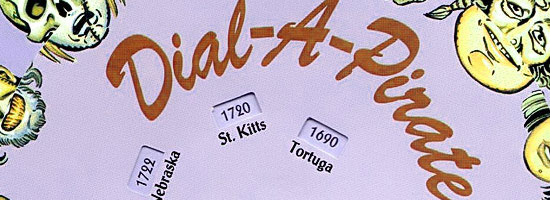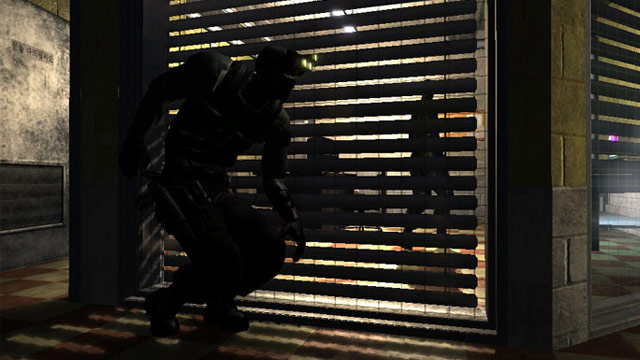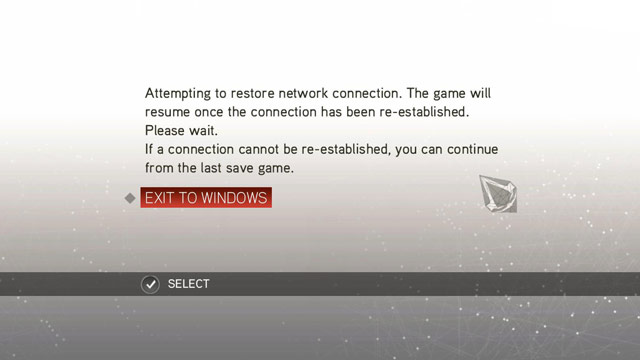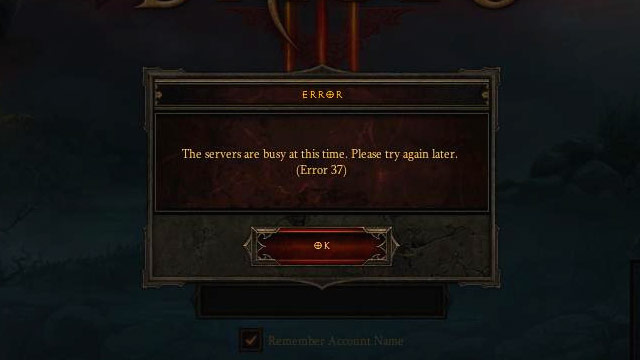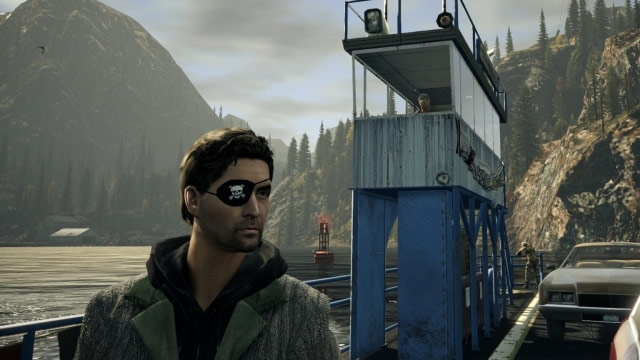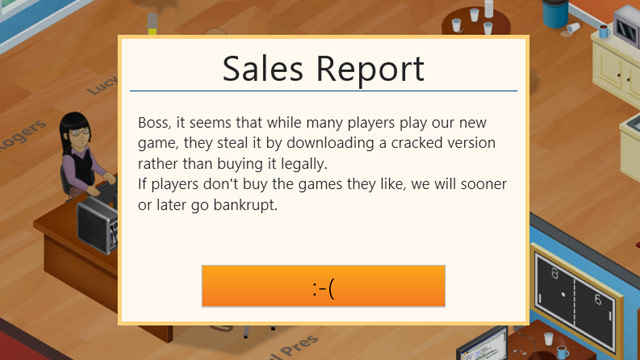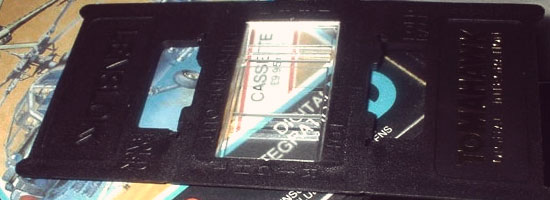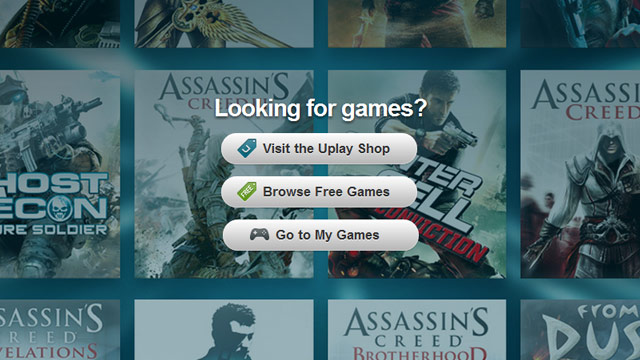author: Sonia Wojciechowska
Total War Against Pirates – The History Of DRM Protection
DRM sometimes serves as an extremely effective form of protecting games against pirating. However, since the industry is waging a total war against this phenomenon, honest users are also affected. Let's take a closer look at the evolution of DRM.
The image of a pirate as we know it best from history includes a ship, a cutlass, a peg leg and a parrot seated on his shoulder, as well as a particular partiality to gold. For several decades, however, this image has gone through a complete makeover. Modern pirates come in different shapes and sizes. Some are skinny, and some are fat; some wear glasses while others are dog owners, but all of them have a computer with an Internet connection, and the thing they value most is not the shiny metal but bytes that make up everything that can be saved to a disk. How to fight them? Developers, especially those who create games, have their secret weapon. It's DRM – Digital Rights Management.
Of course, DRM does not exhaust the topic of anti-piracy protection, but recently it has become synonymous with actions designed to hinder software pirating, and is going to be the focus of this article. The very phenomenon of copying games and programs is basically as old as the industry itself, and the first methods introduced to prevent the creation of illegal copies of various works were at the same time strange, creative, funny, and annoying (the latter characteristic is still valid today).

Initially, people copied everything there was to copy – paper tape for Altair computers or cassette tapes with software – or didn’t copy at all, because the cost of equipment designed for this purpose as well as that of the media was too high. With the rising popularity of the floppy disk, first measures were introduced to protect the content they contained. E.g. the first PC game in history, Microsoft Adventure from 1981 (previously existing as Colossal Cave for PDP-10 computers), had the so-called bad sectors, whose presence on the floppy disk allowed the machine to check whether the medium was original. Of course, this type of protection instantly prompted the creation of a tool designed to neutralize it, which appeared in the form of Locksmith copier. The process of introducing copy protection only to see a counter-tool appear instantly began as early as three and a half decades ago and continues to this day. You can read about the various more or less interesting ways to make the life of a pirate more difficult in the boxes. The article itself will focus on the tools that appeared in the 21st century.
Prior to DRM #1 – instructions
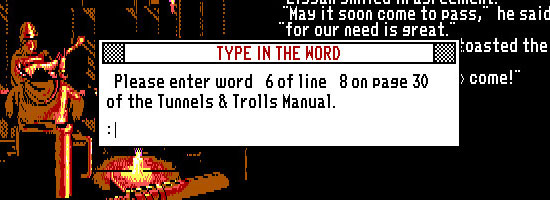
Once upon a time, when the Internet was not yet a thing, the creators protected their games by making the players search for a specific word or character in the instruction attached to the product. One of the first games to benefit from this solution was Elite from 1984. Of course, we could always make a hard copy of the instruction, so soon inventions started to appear such as the teeny tiny booklet with a multitude of pages attached to Alone in the Dark, which quite effectively deterred gamers from the arduous task of making paper copies.
SafeDisc, SecoROM, and StarForce
I’m sure that everyone who’s reading this article has heard of at least one of these systems, which operate on the basis of a unique digital signature attached to the original game medium that is very difficult to copy (SafeDisc), the verification of the physical location of data on the disc (SecuROM), or counting the number of sectors on the disc (StarForce).This is just the tip of the iceberg, because the reality was far more complicated for the pirates and honest players alike.

SafeDisc was relatively little annoying, but its effectiveness was limited too – confirming the presence of a digital signature on the CD was quick, and the program launched smoothly (this, of course, required the original disc in the drive), and upon its removal everything was in order. An idea to fight with this system came in the form of drive emulators such as Daemon Tools or Alcohol 120%, which were later detected by subsequent versions of SafeDisk, which in turn forced the installation of a program "hiding" the emulator. That's a lot of effort to make, but SafeDisc never posed too much of a problem to the displeasure of software developers.


